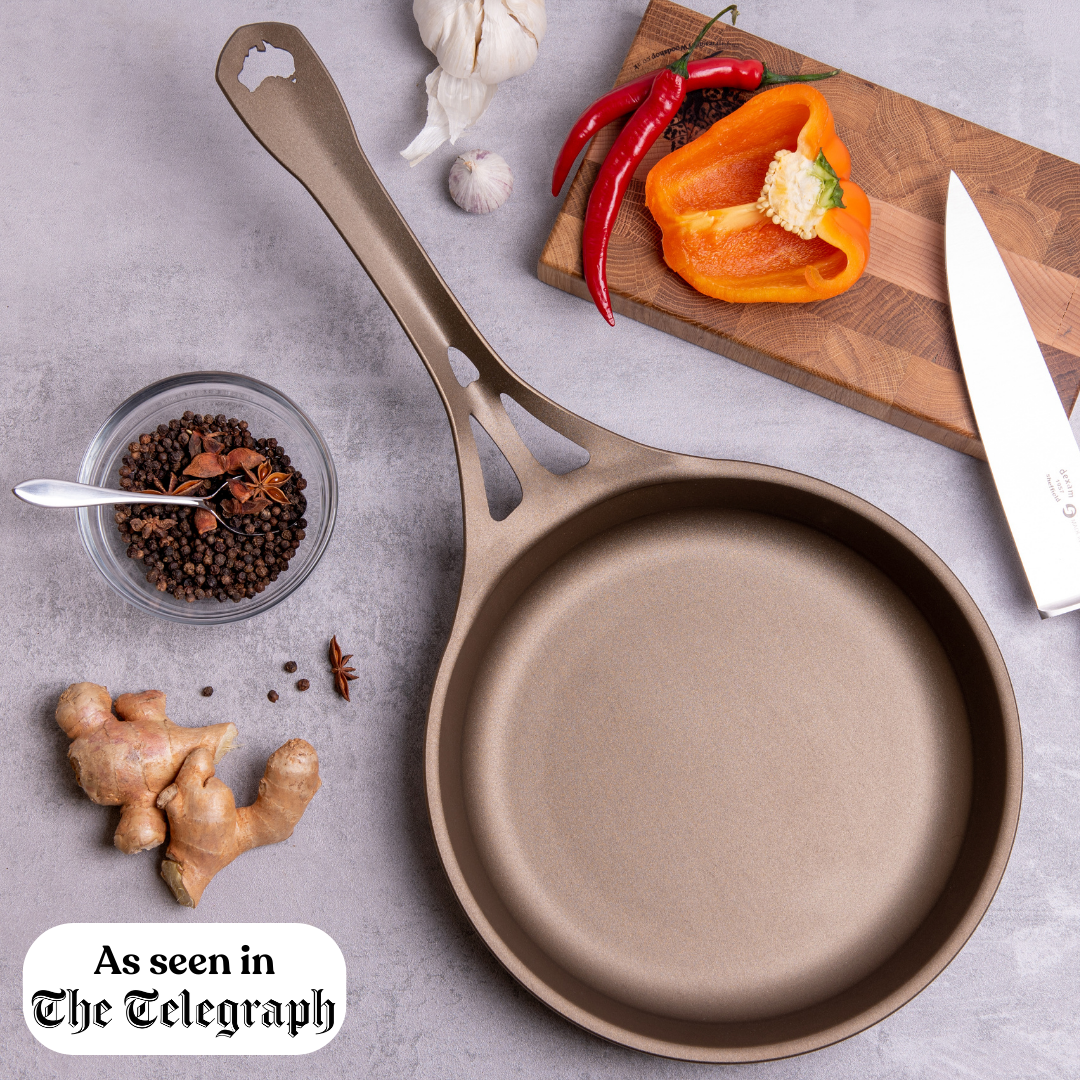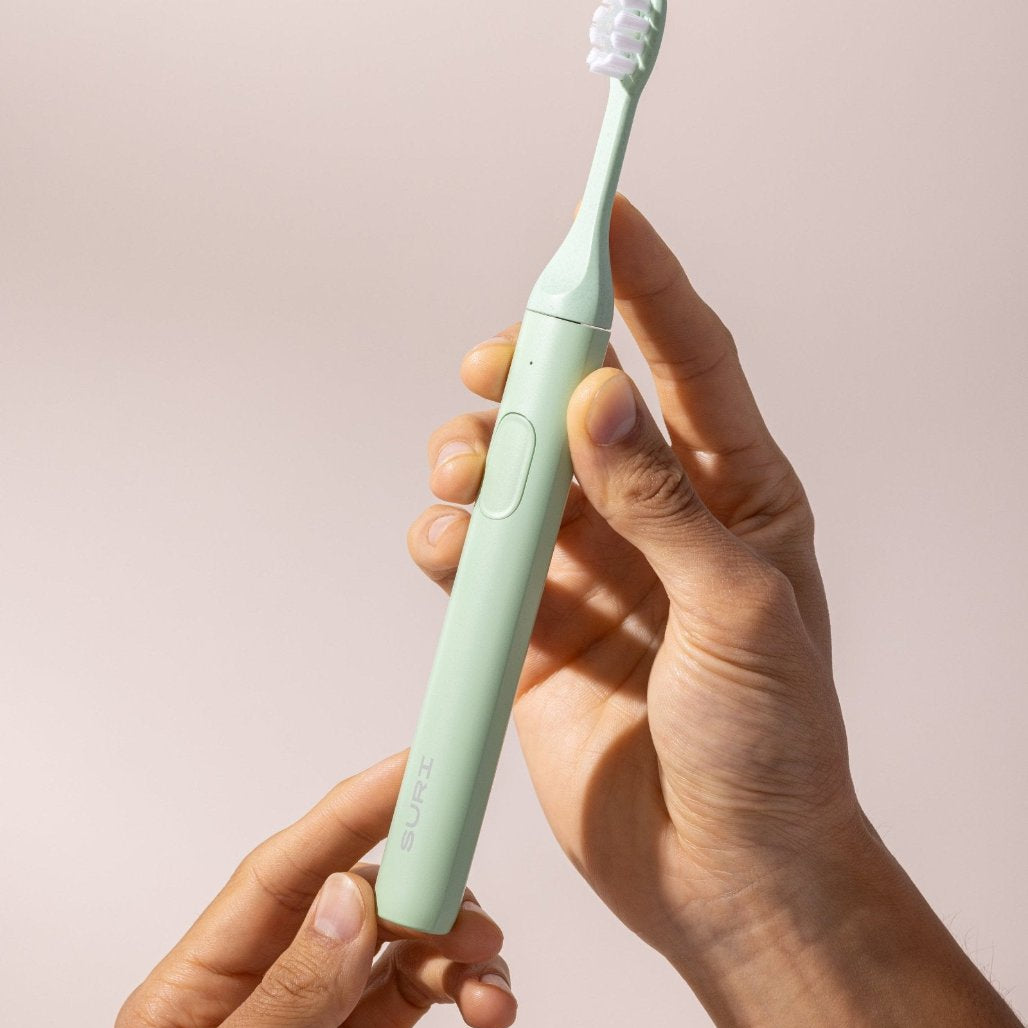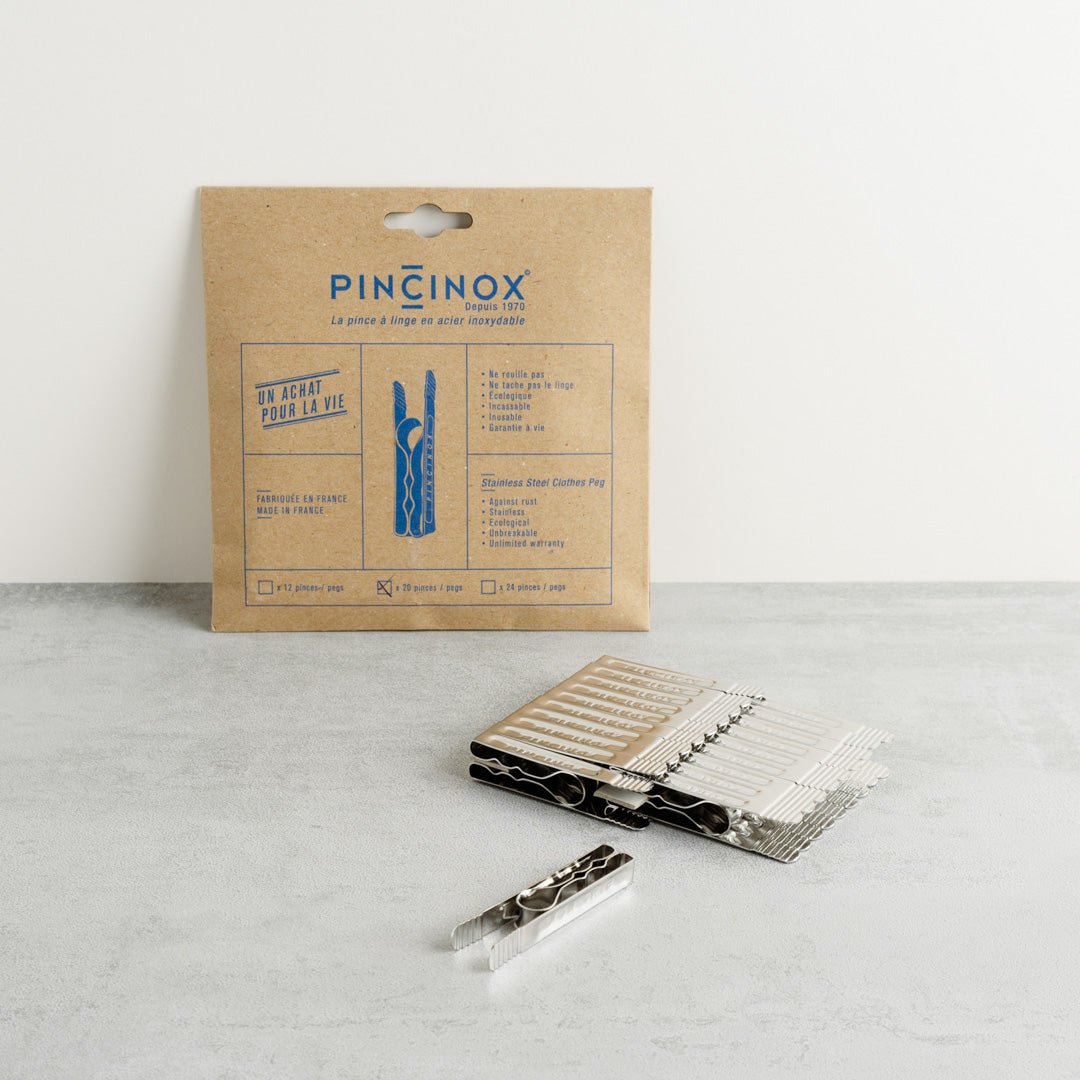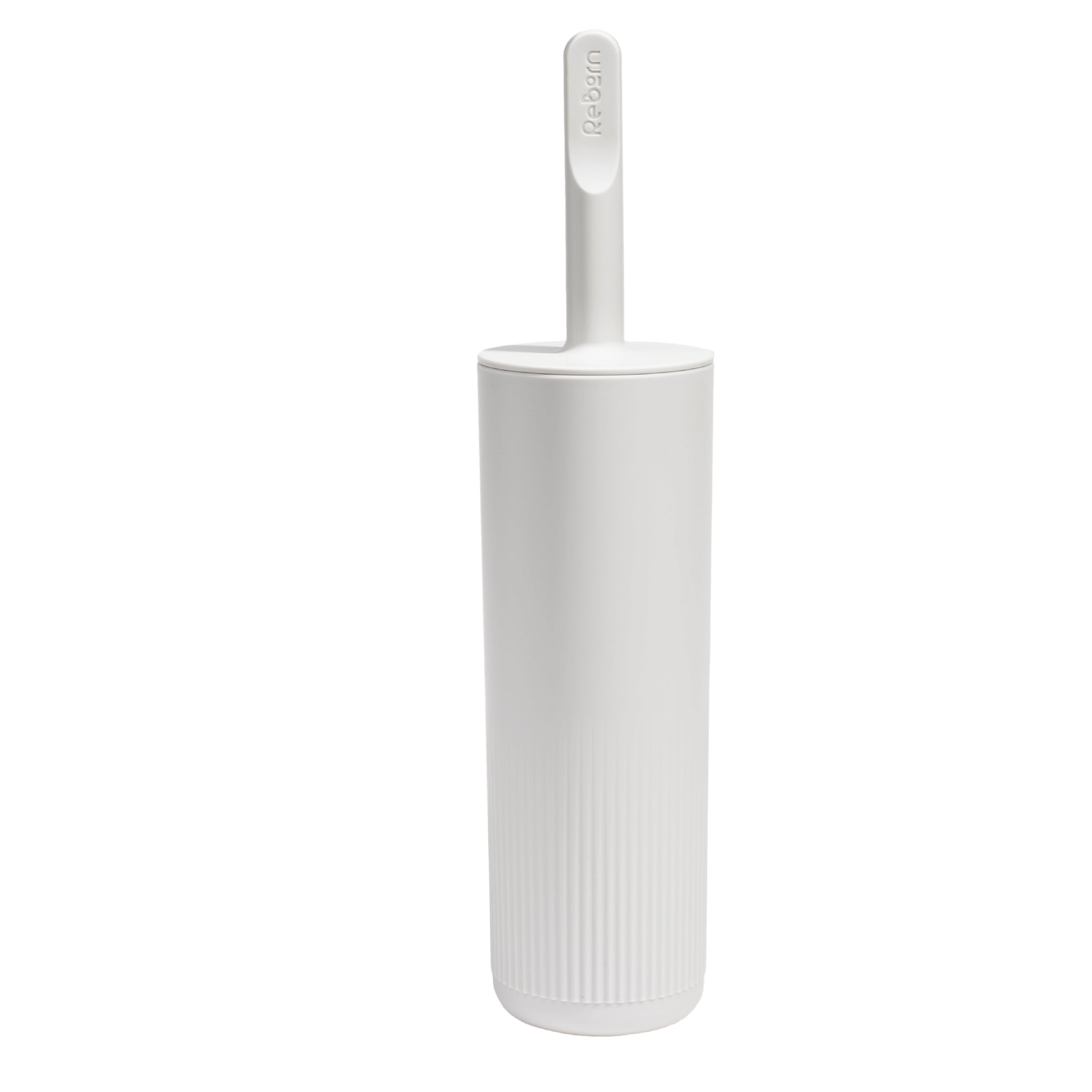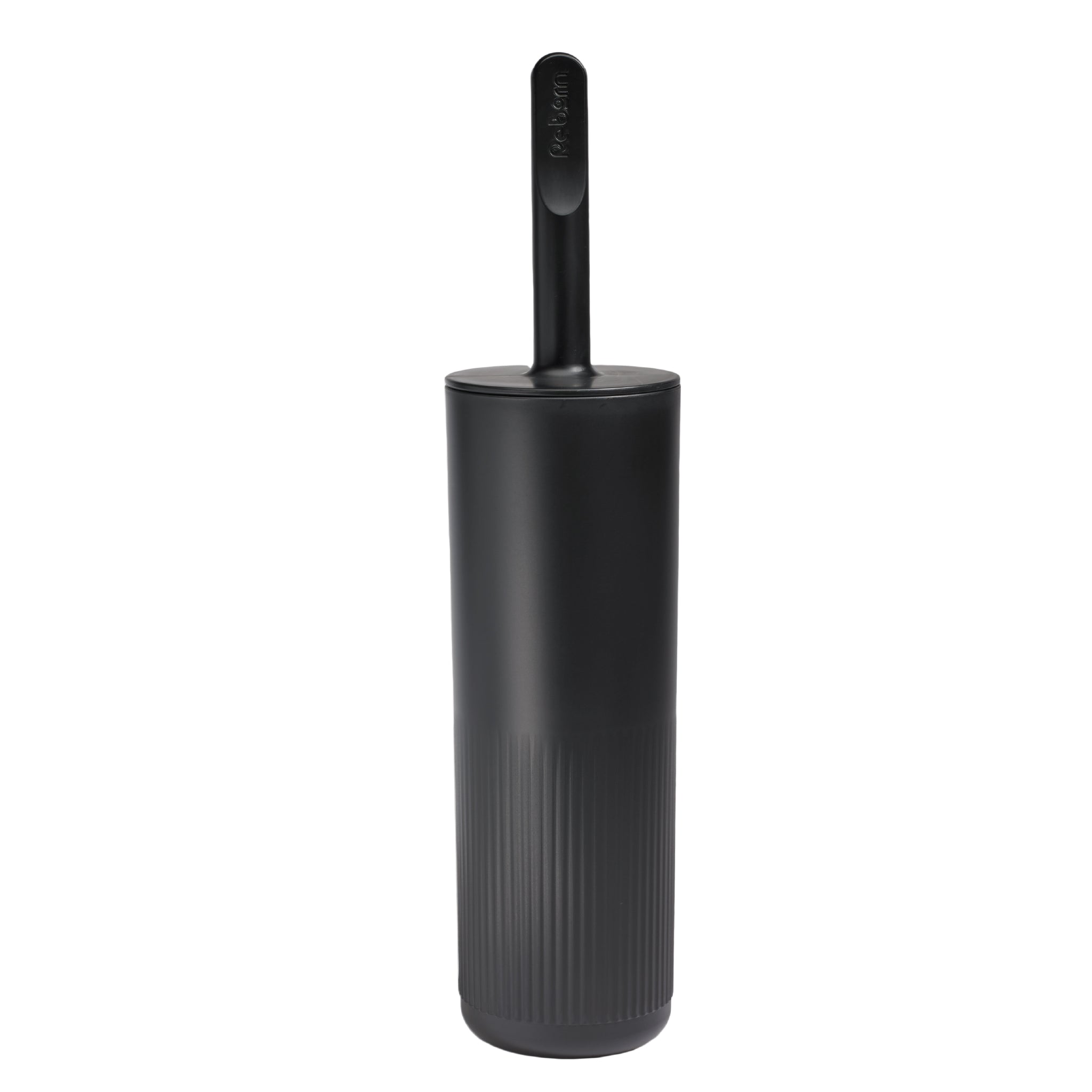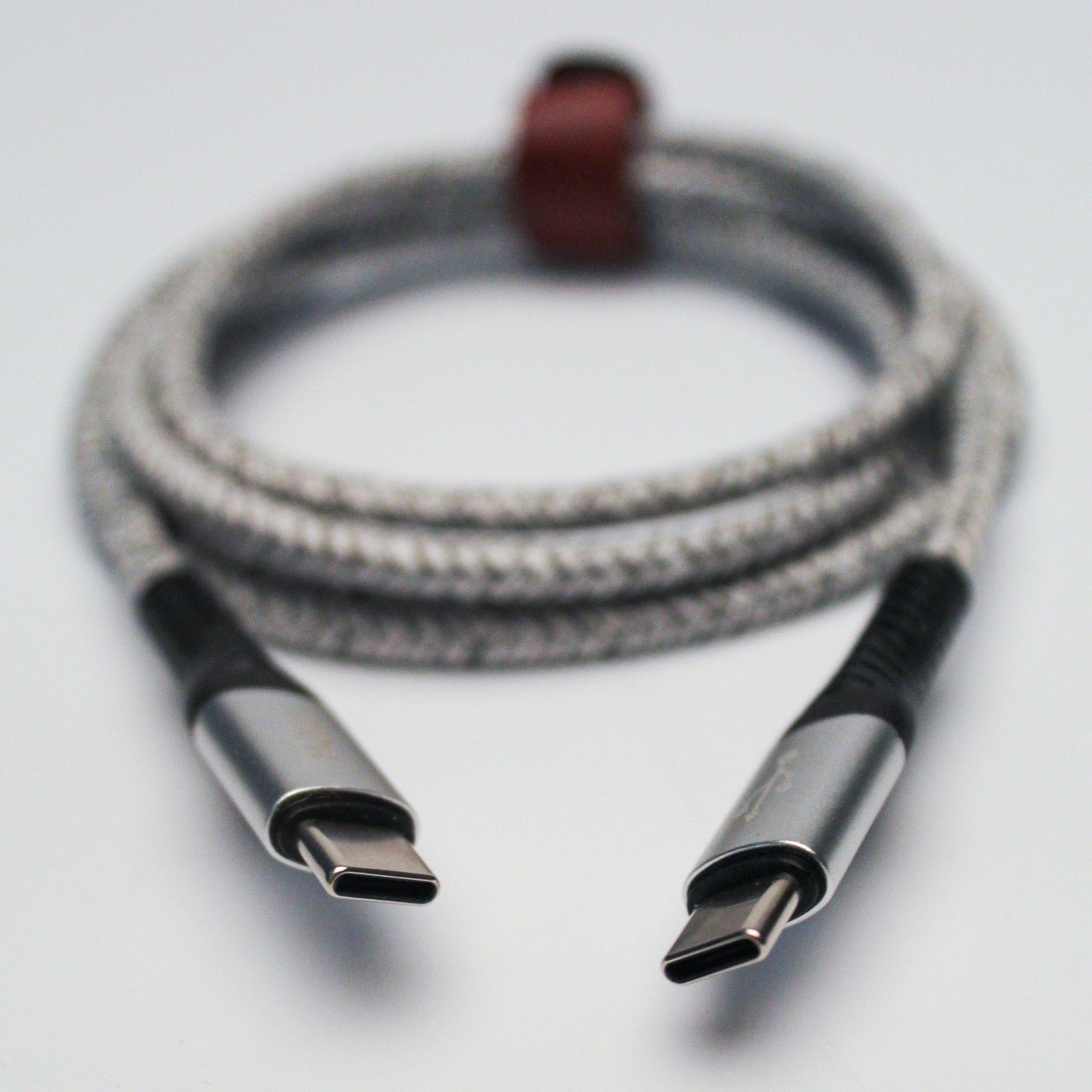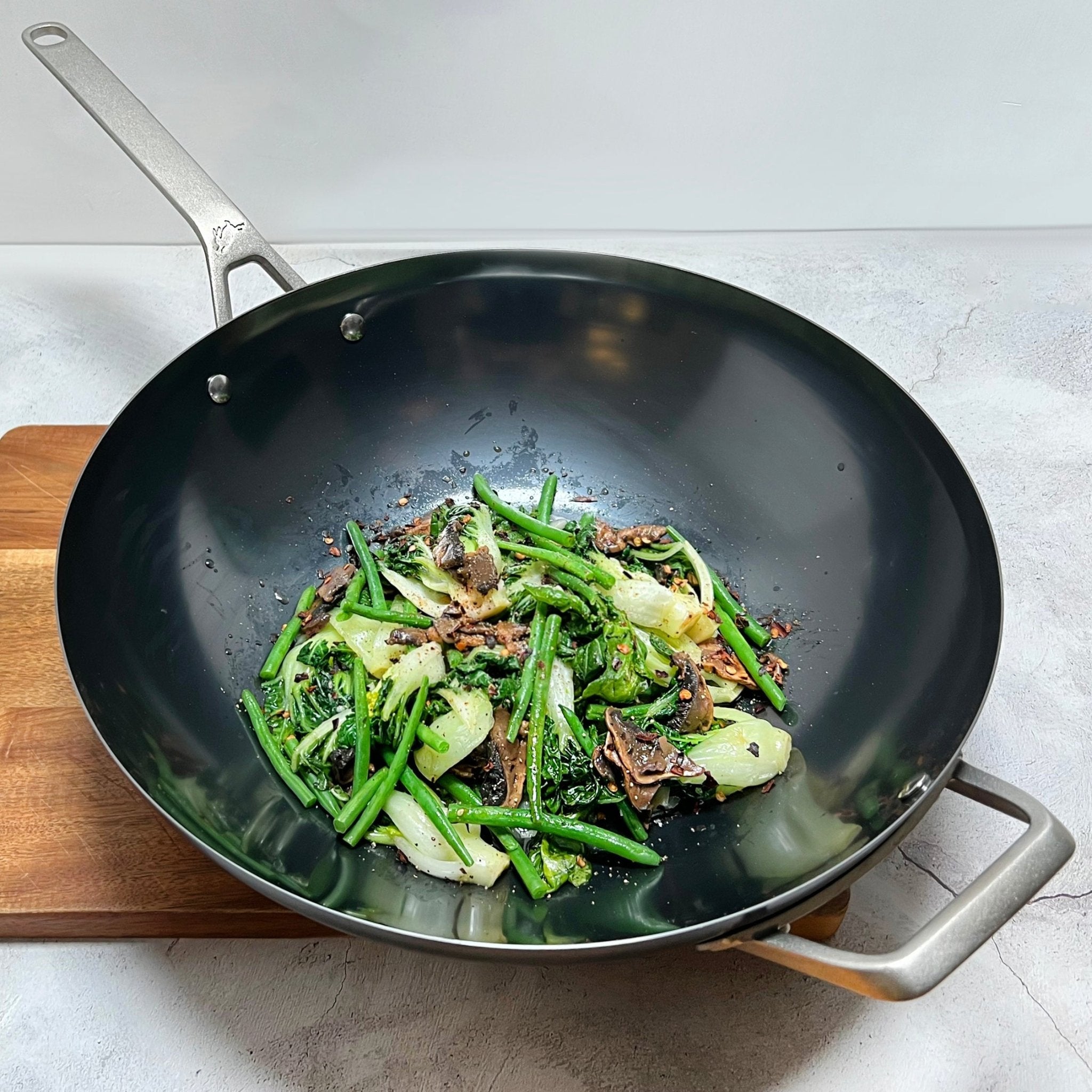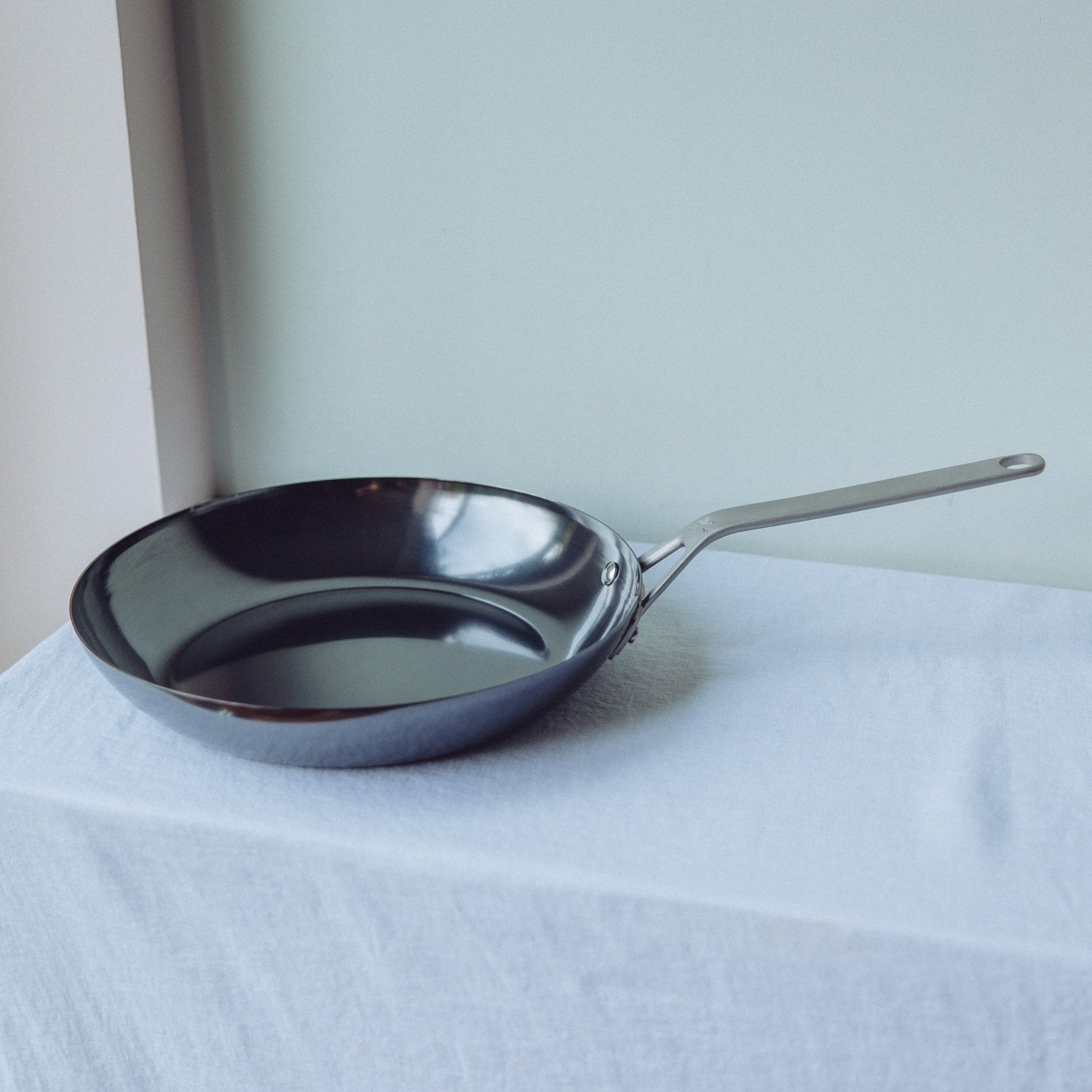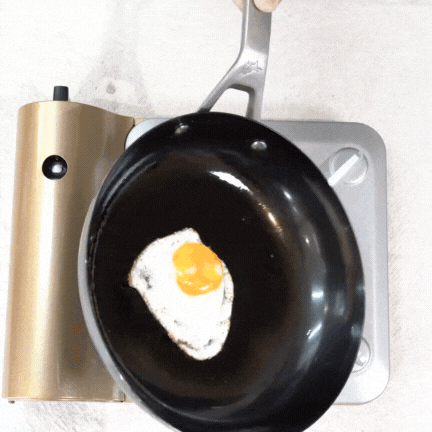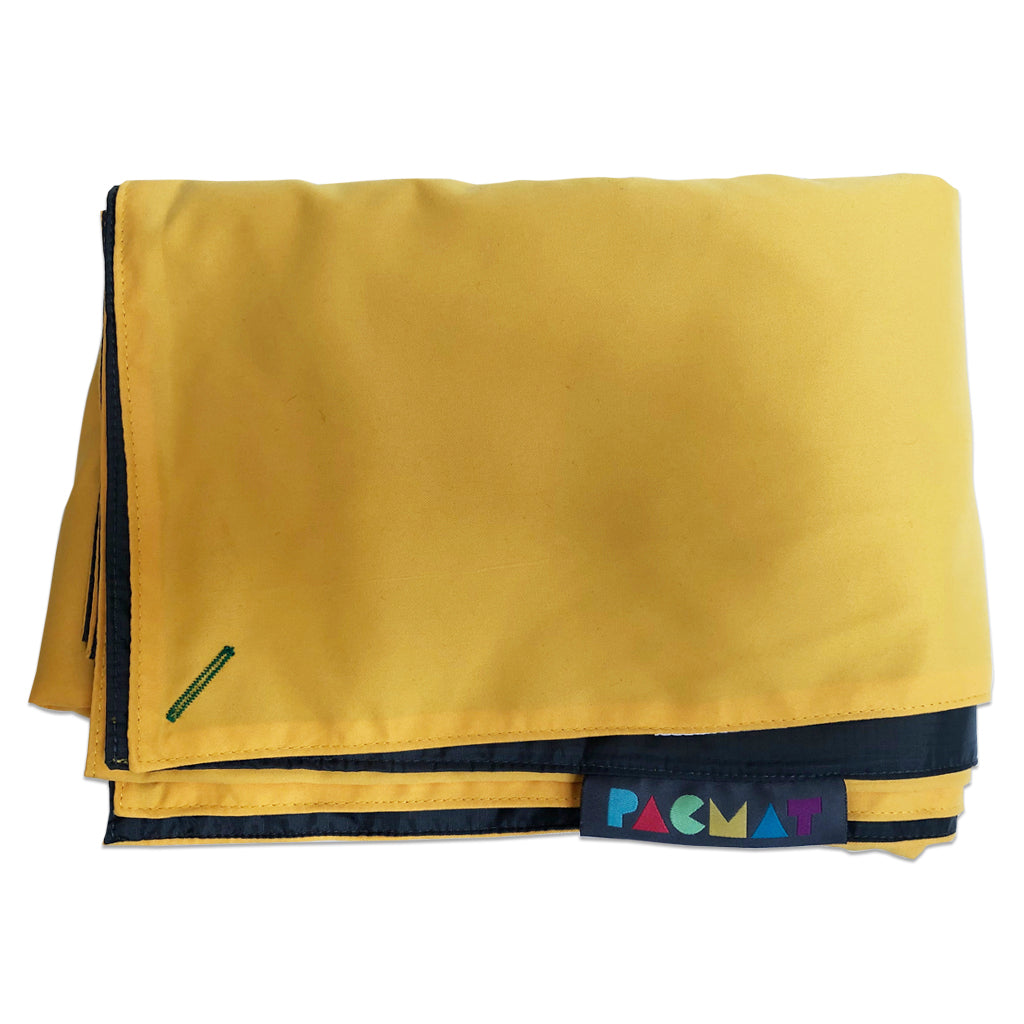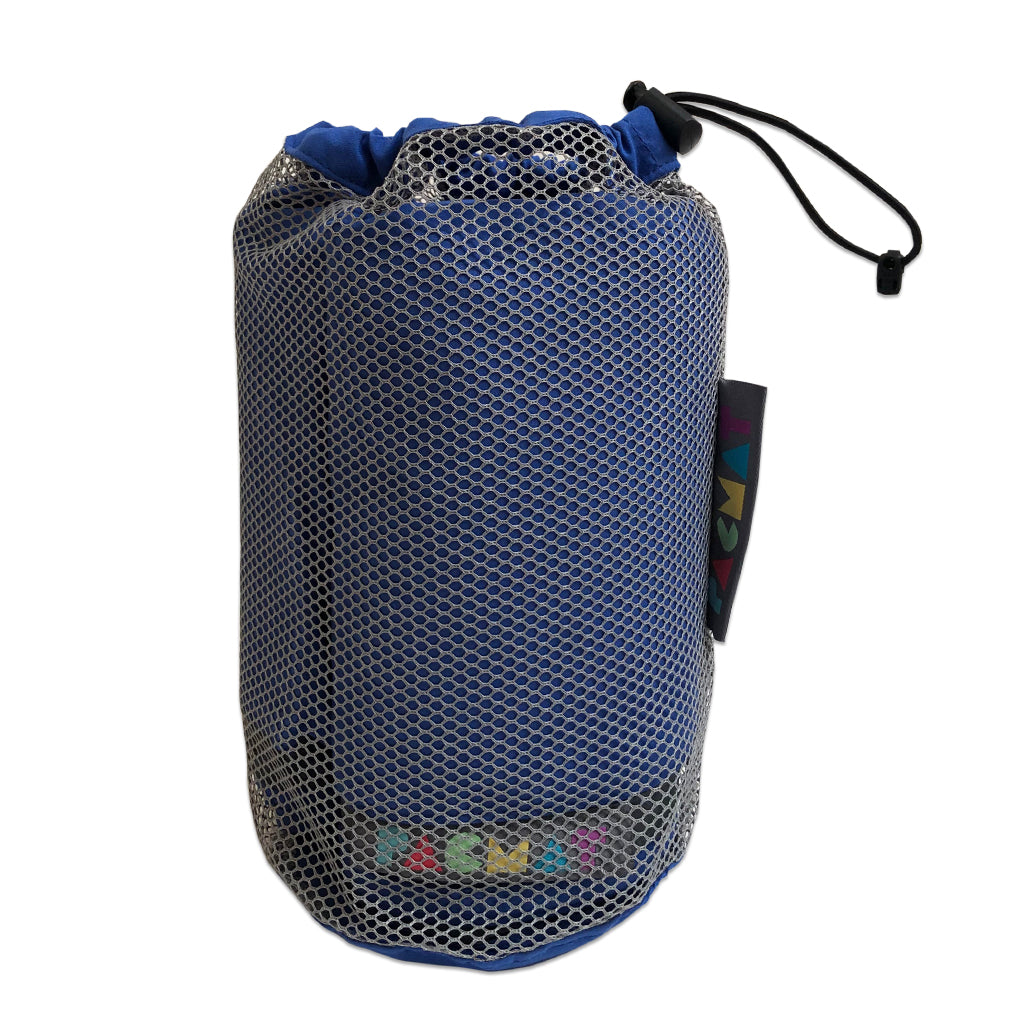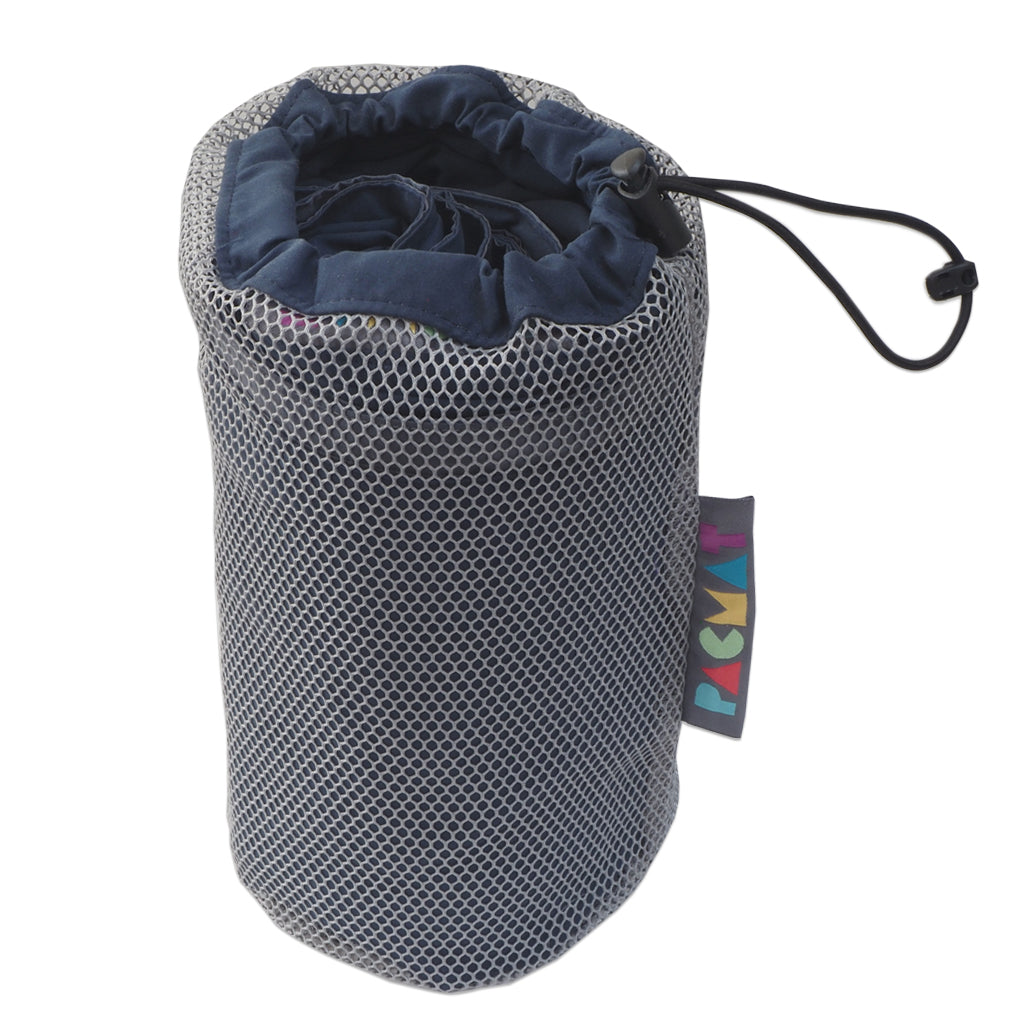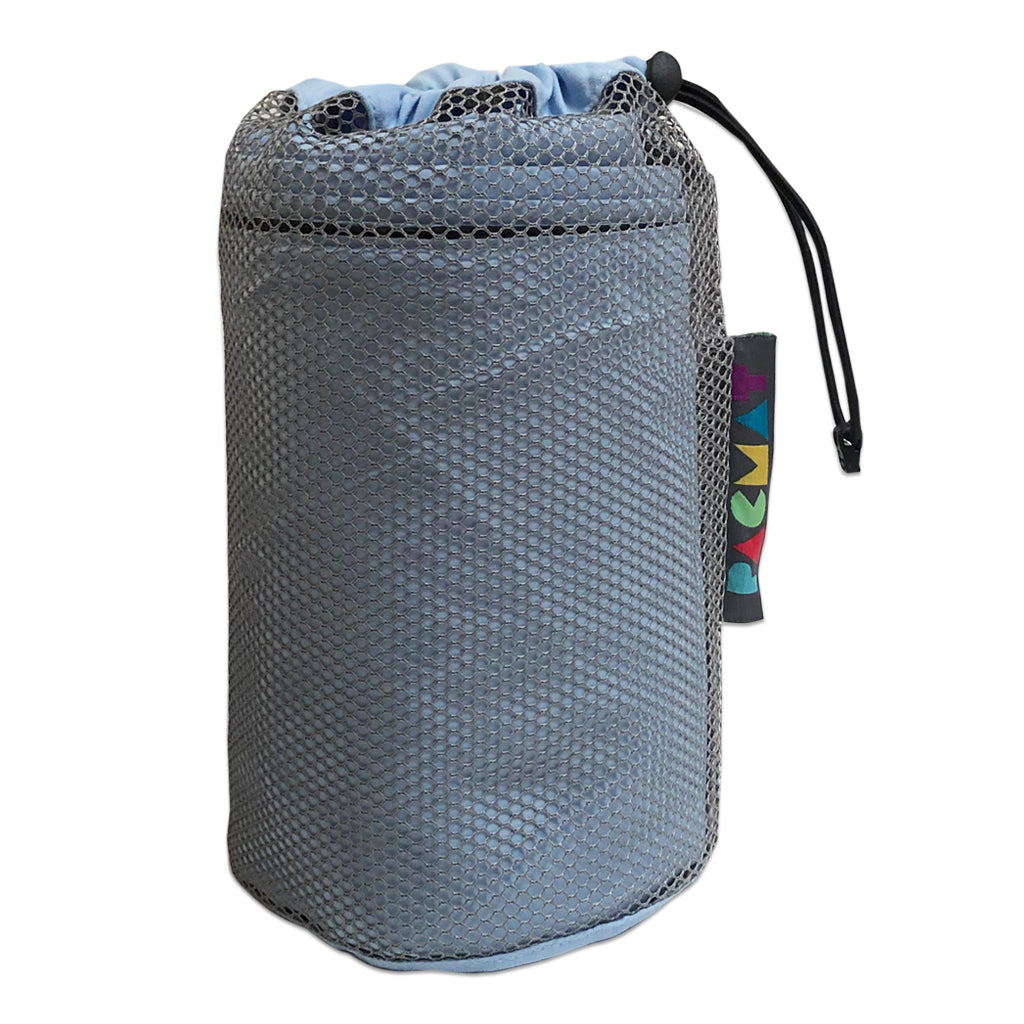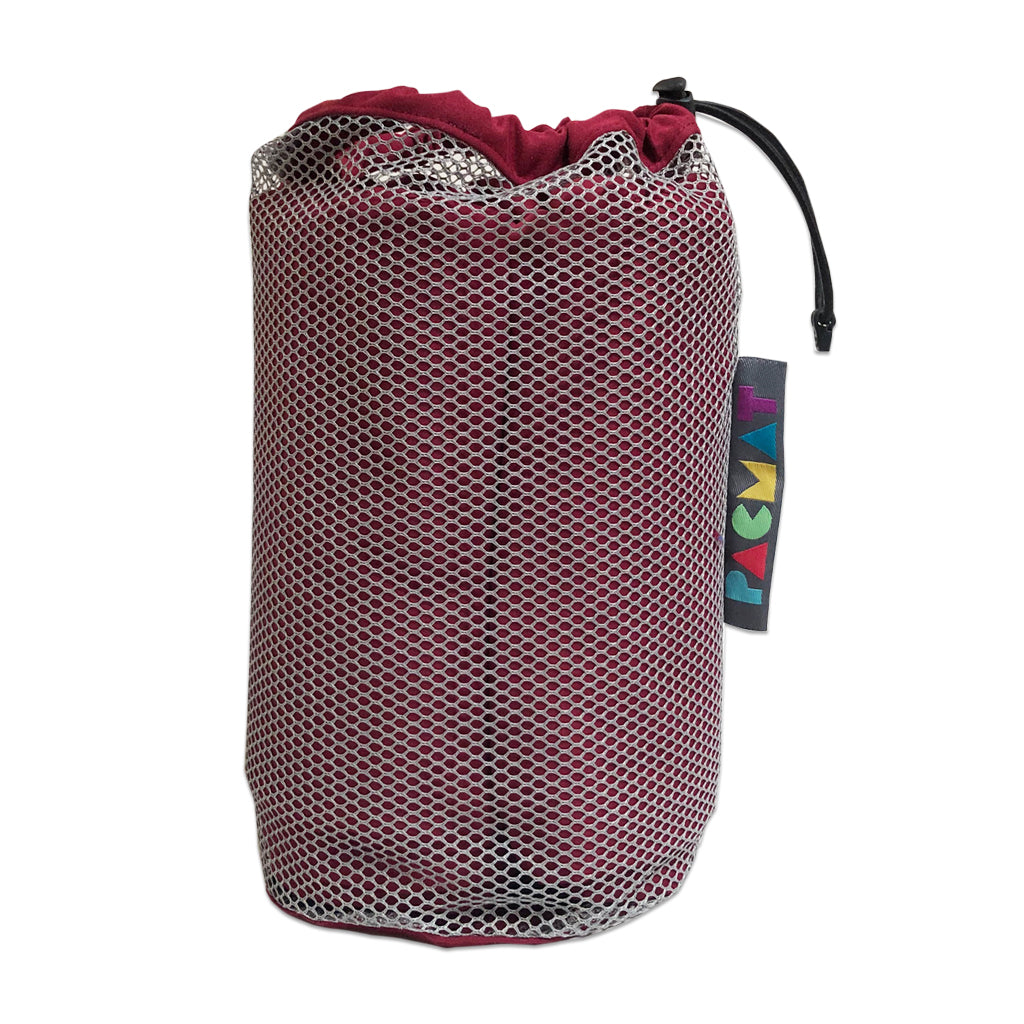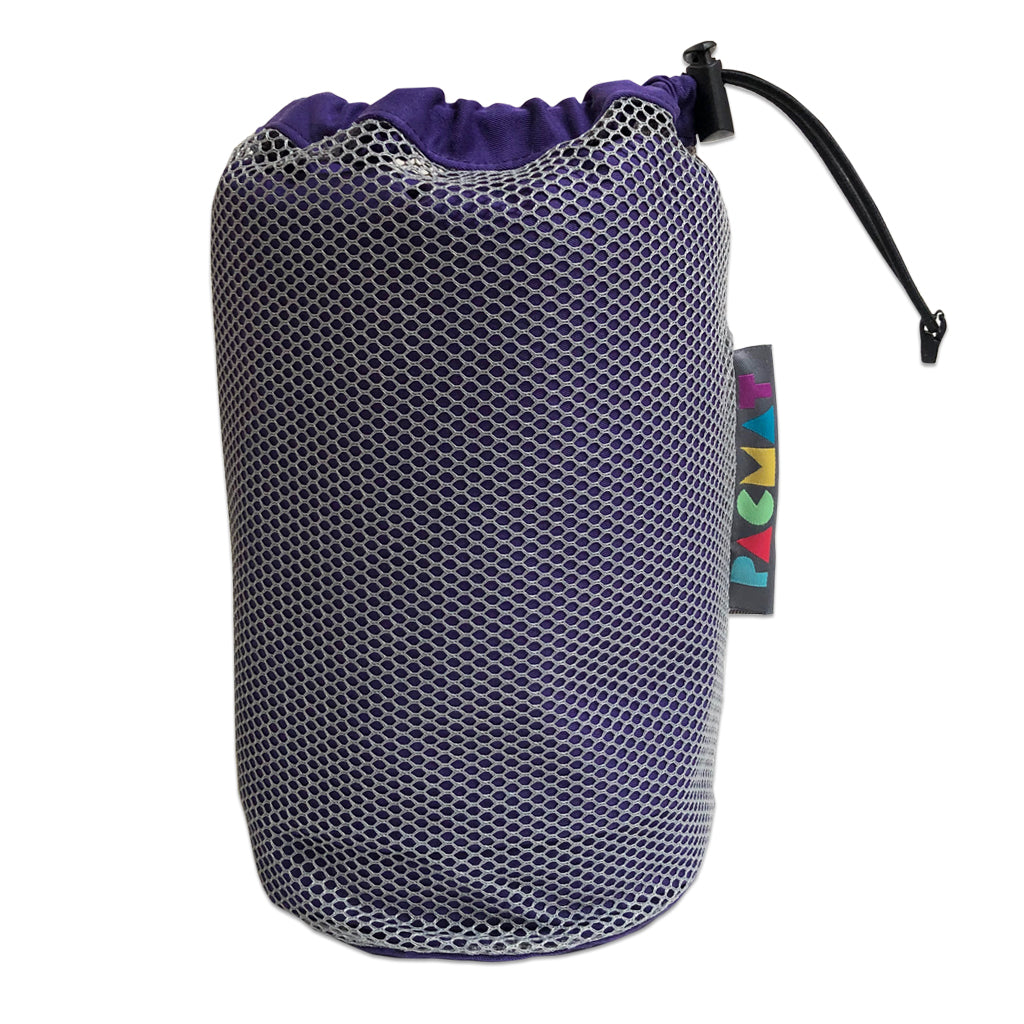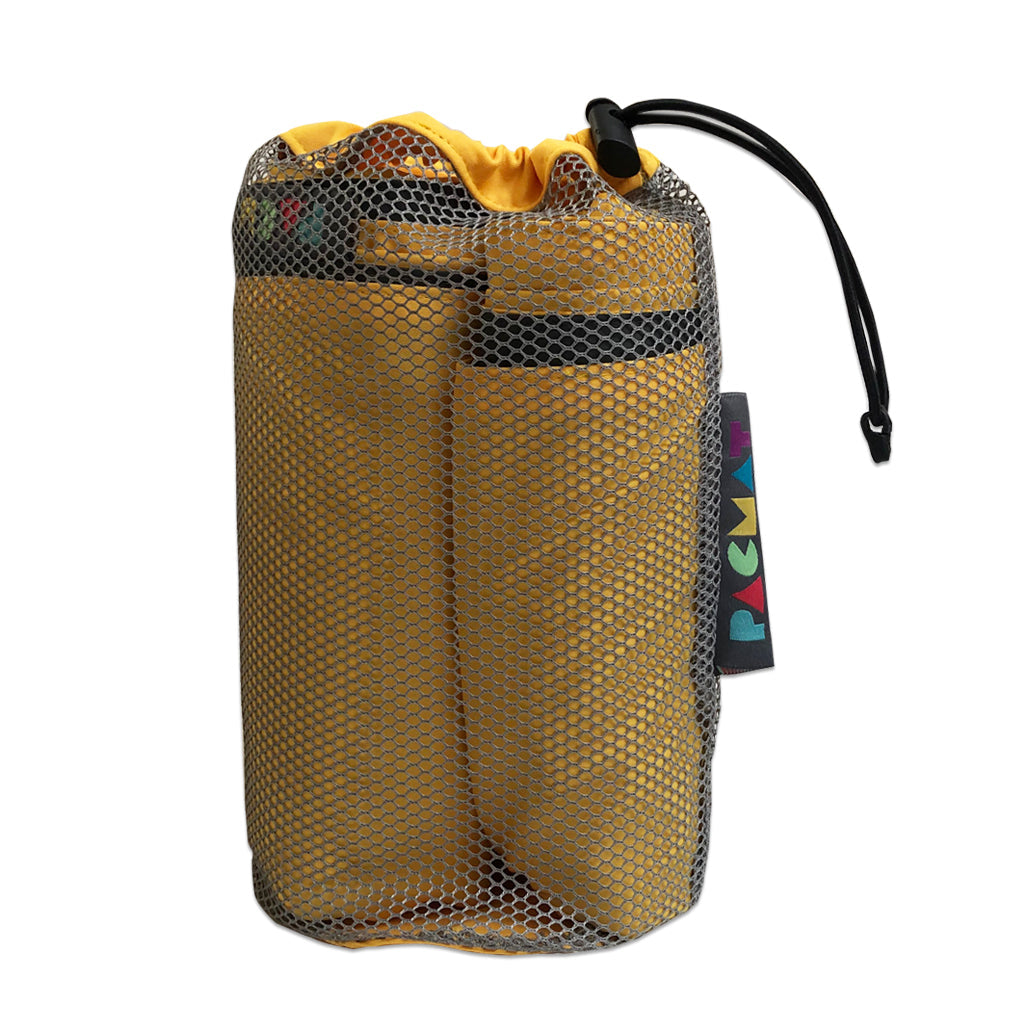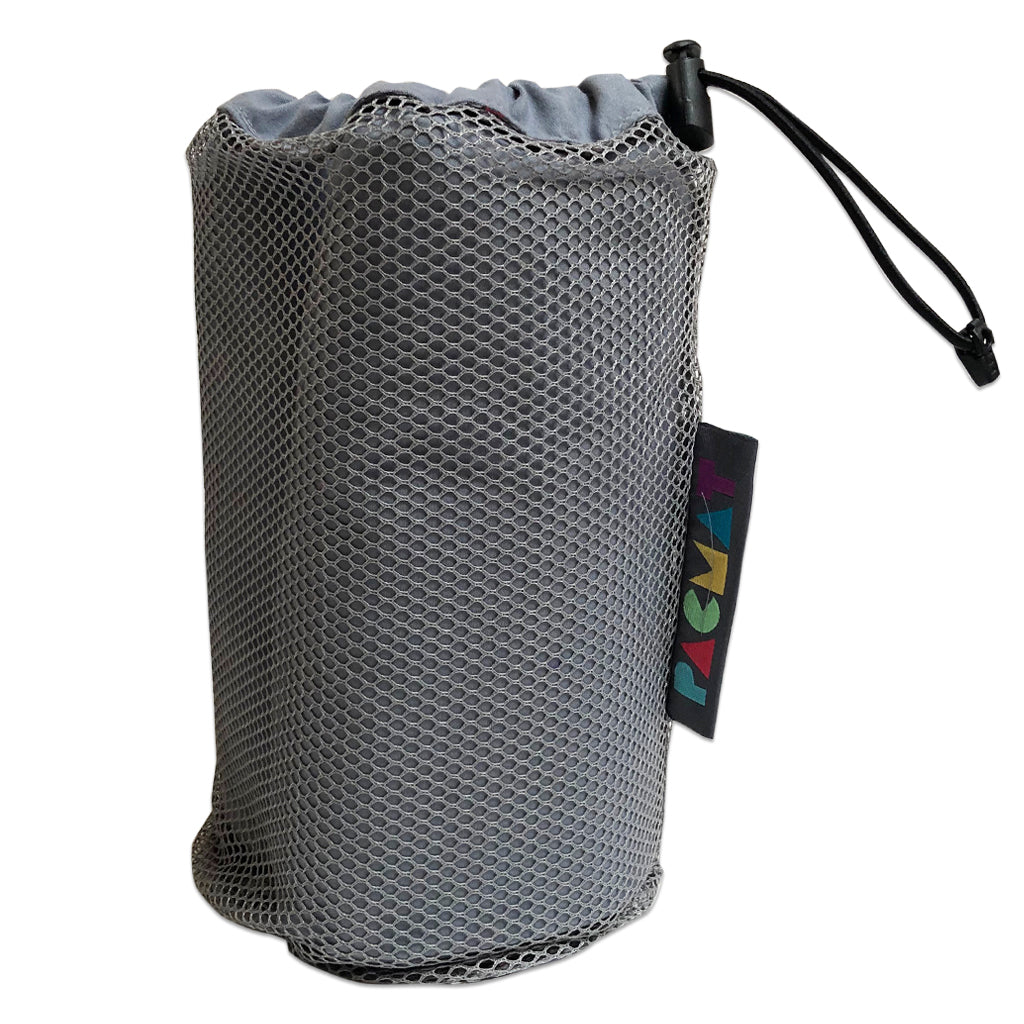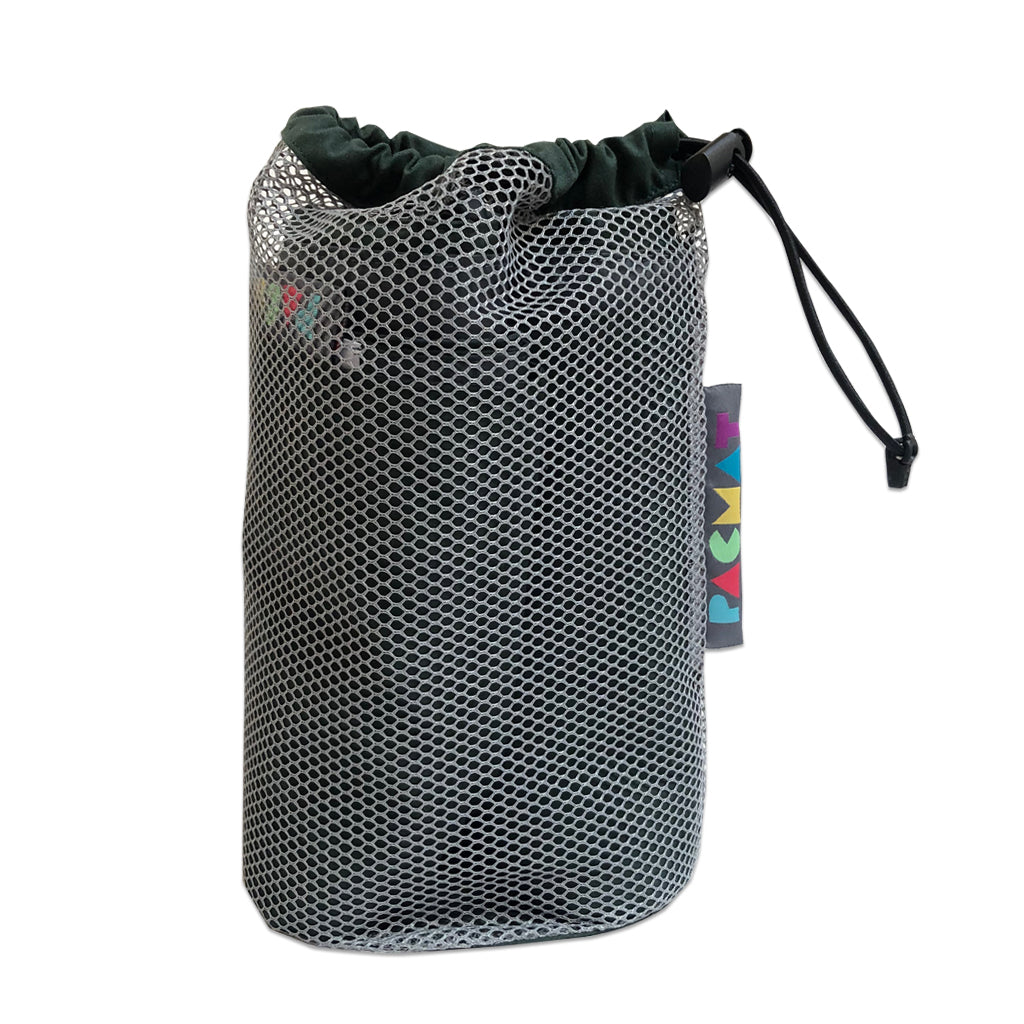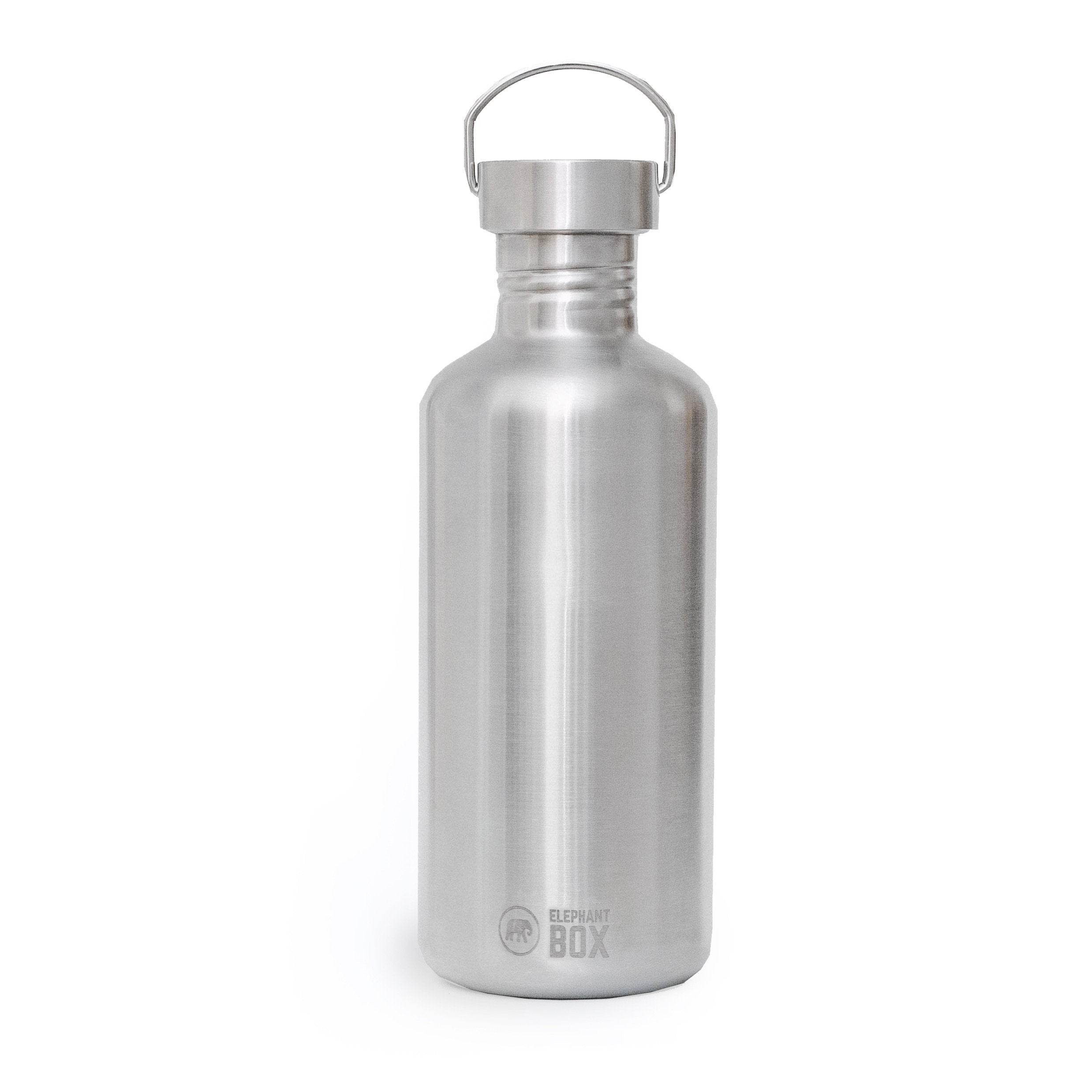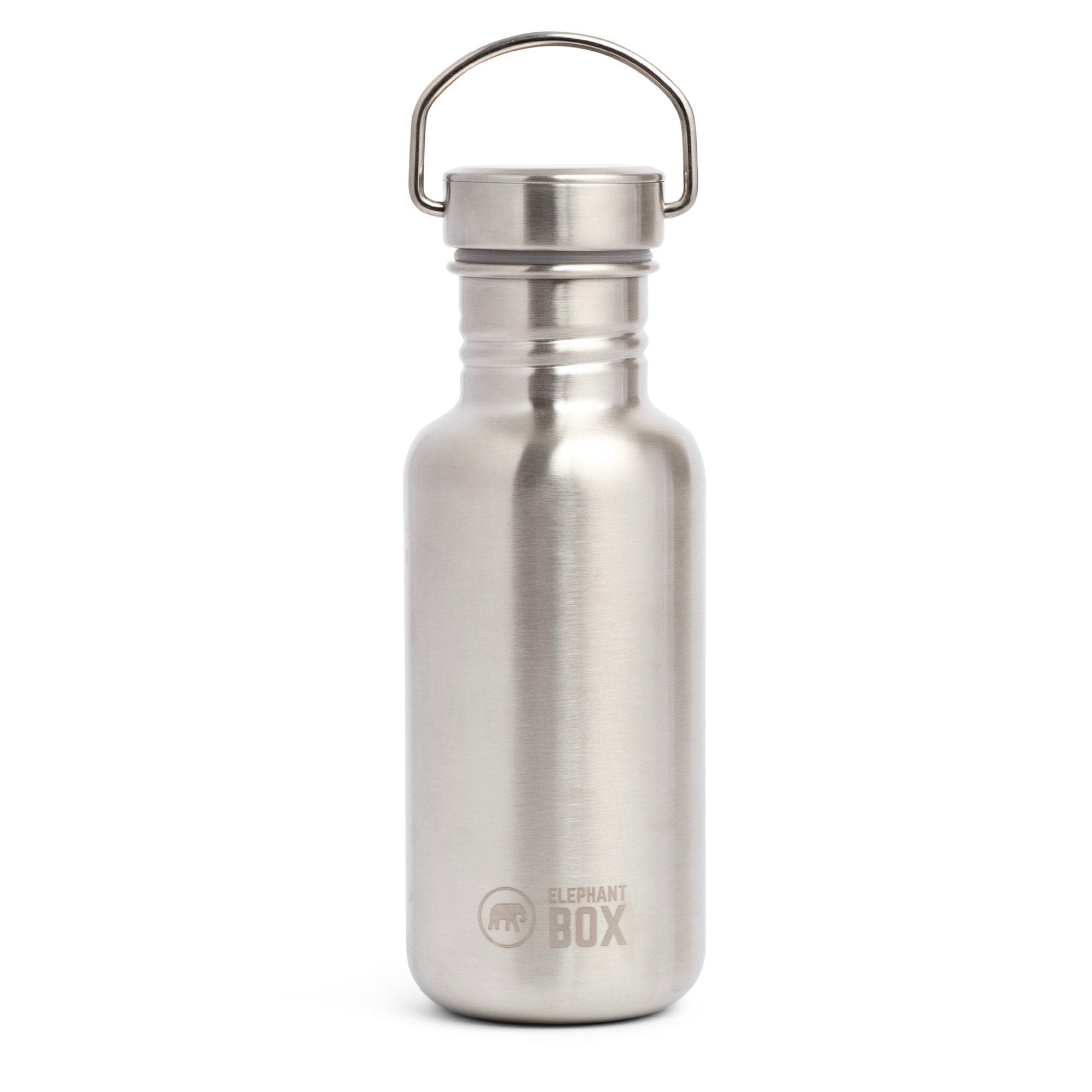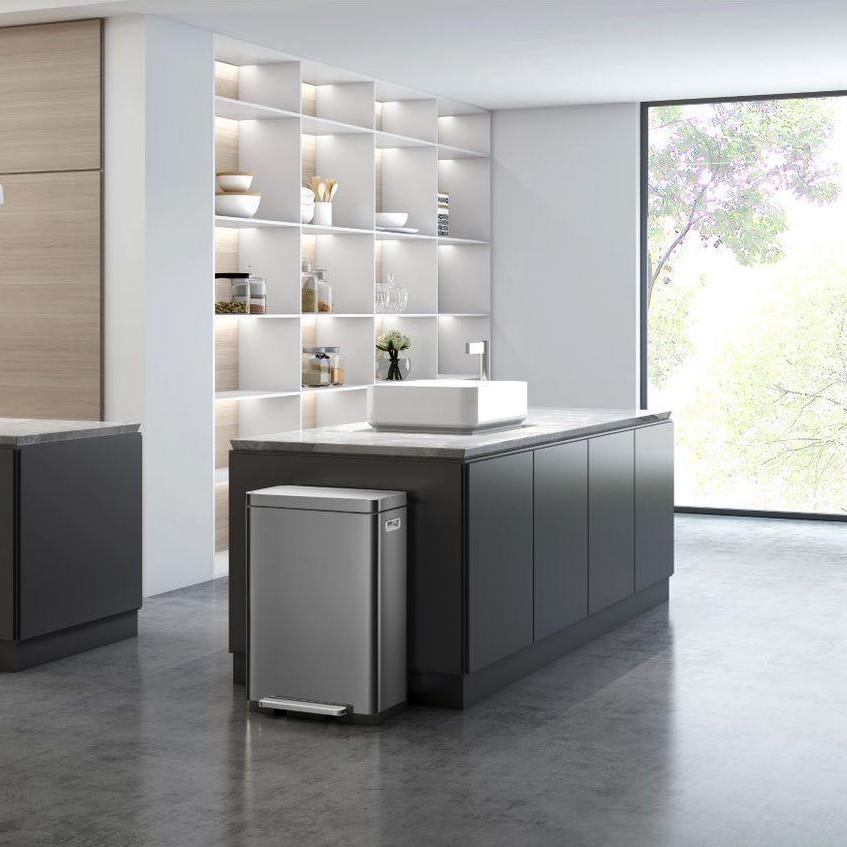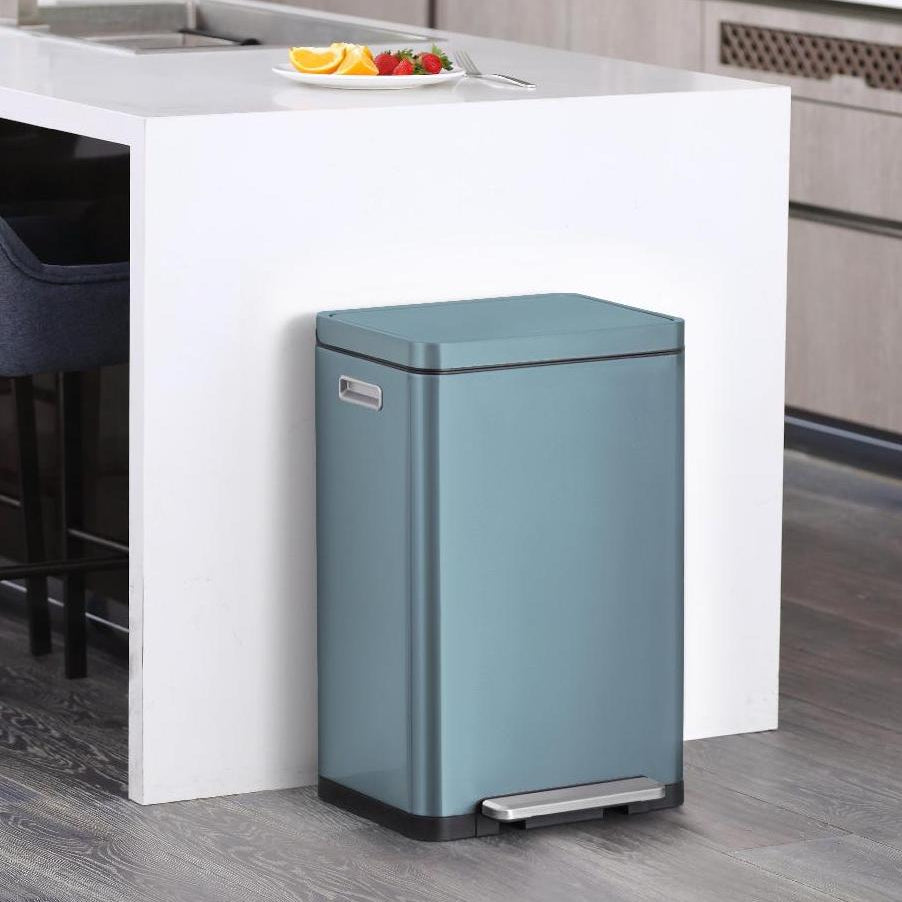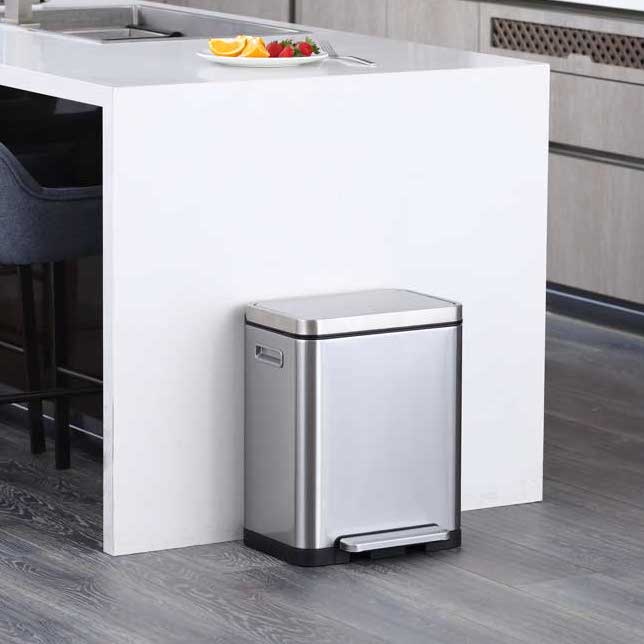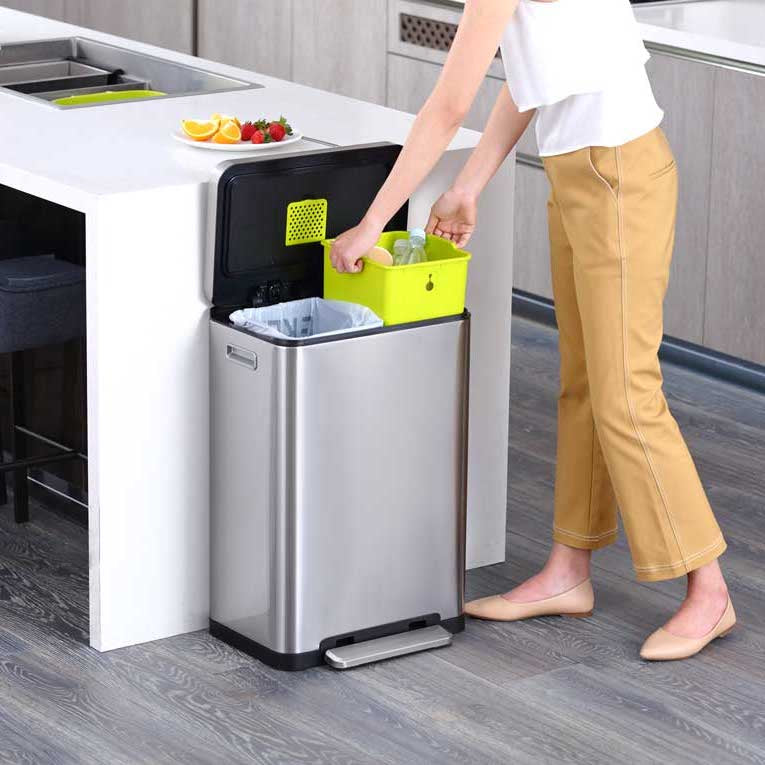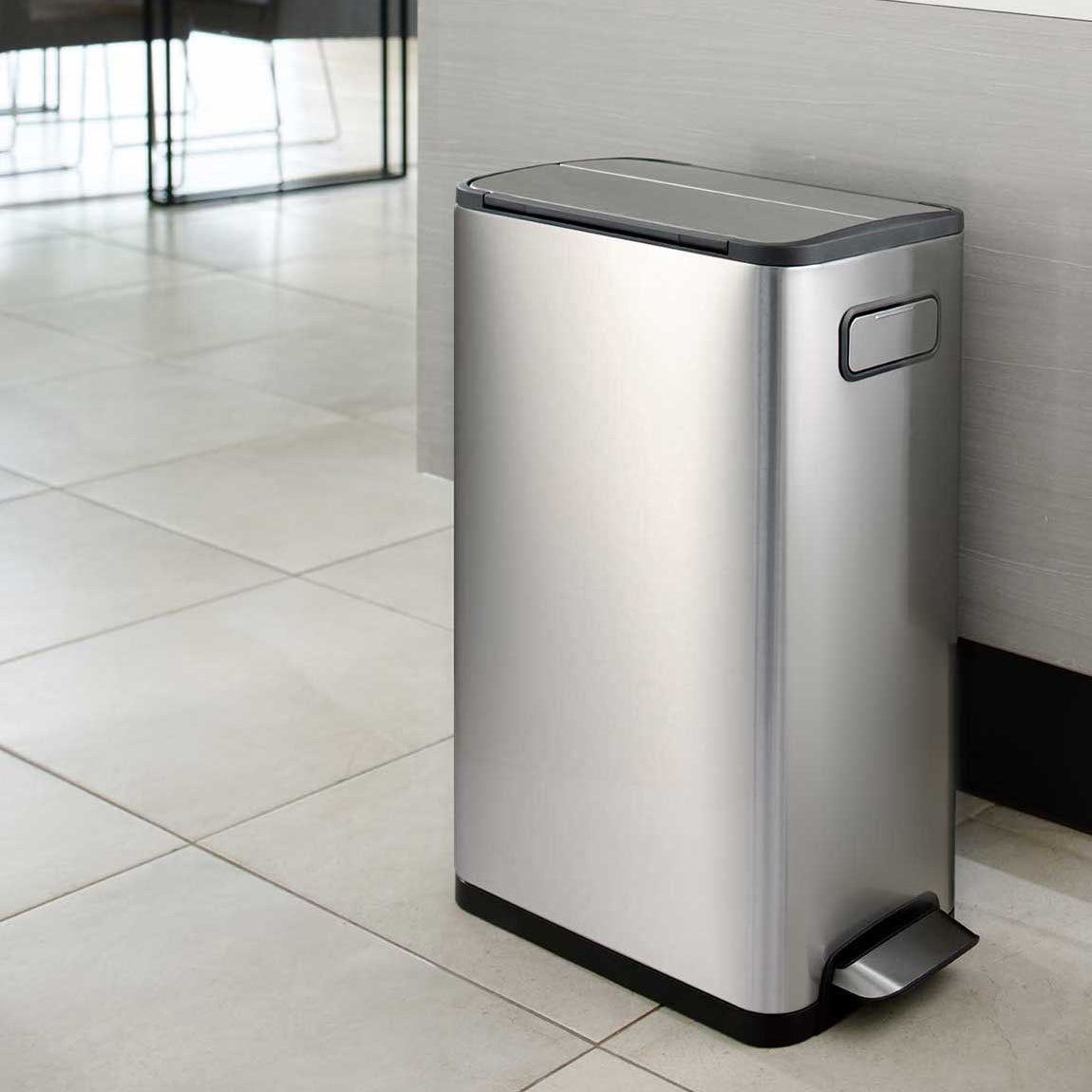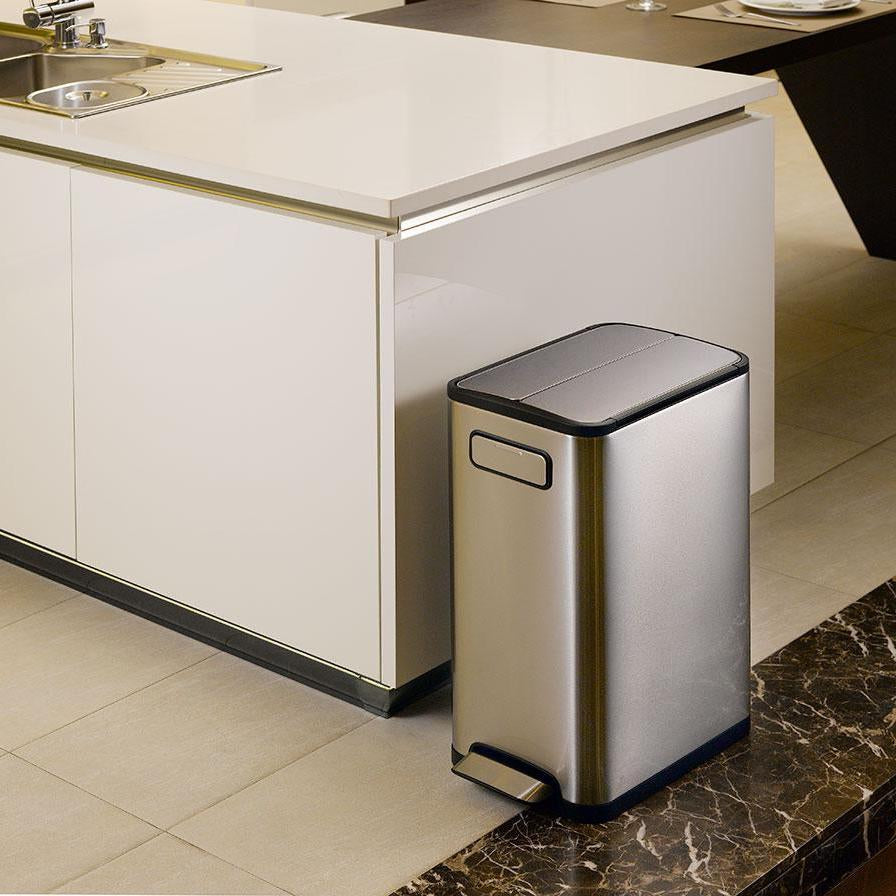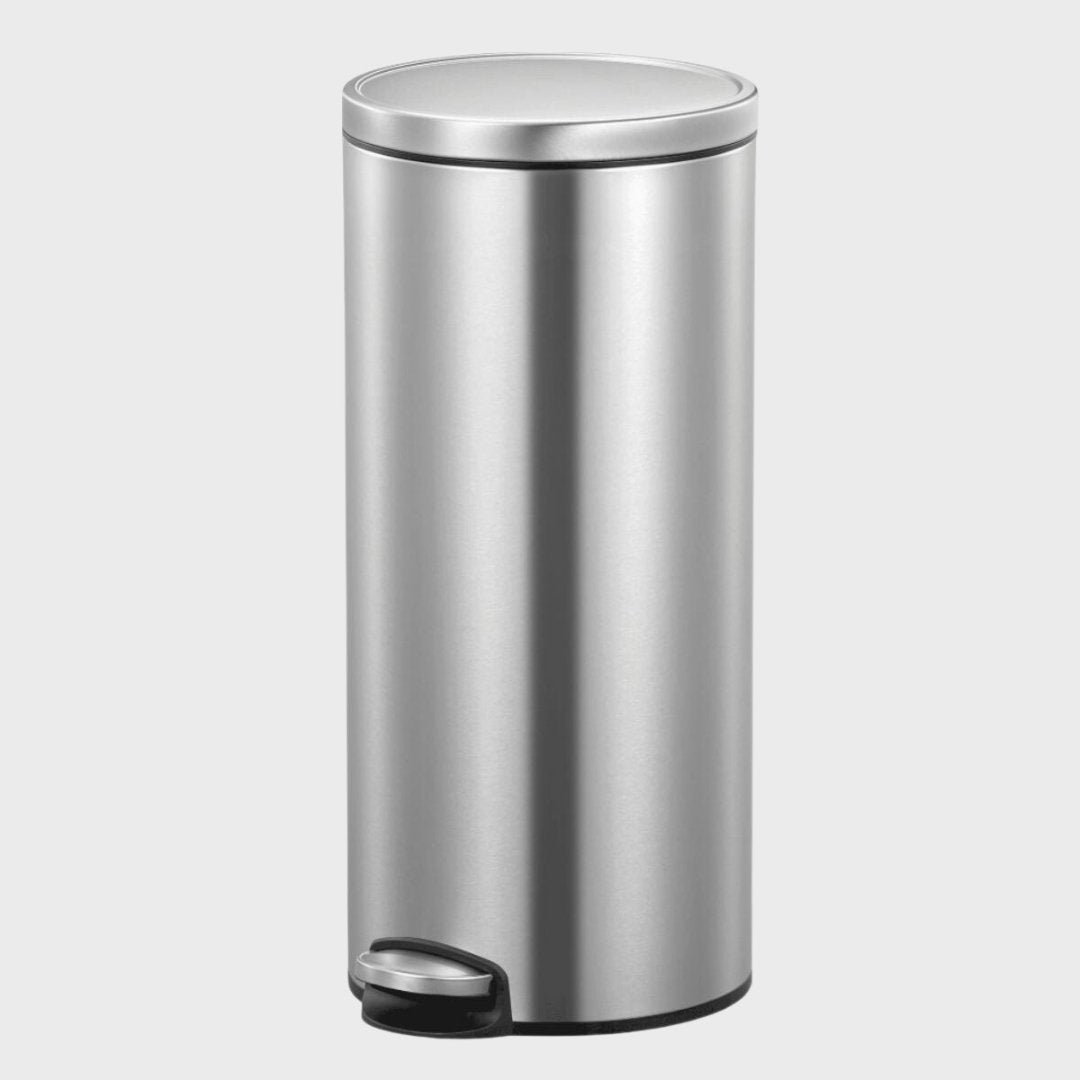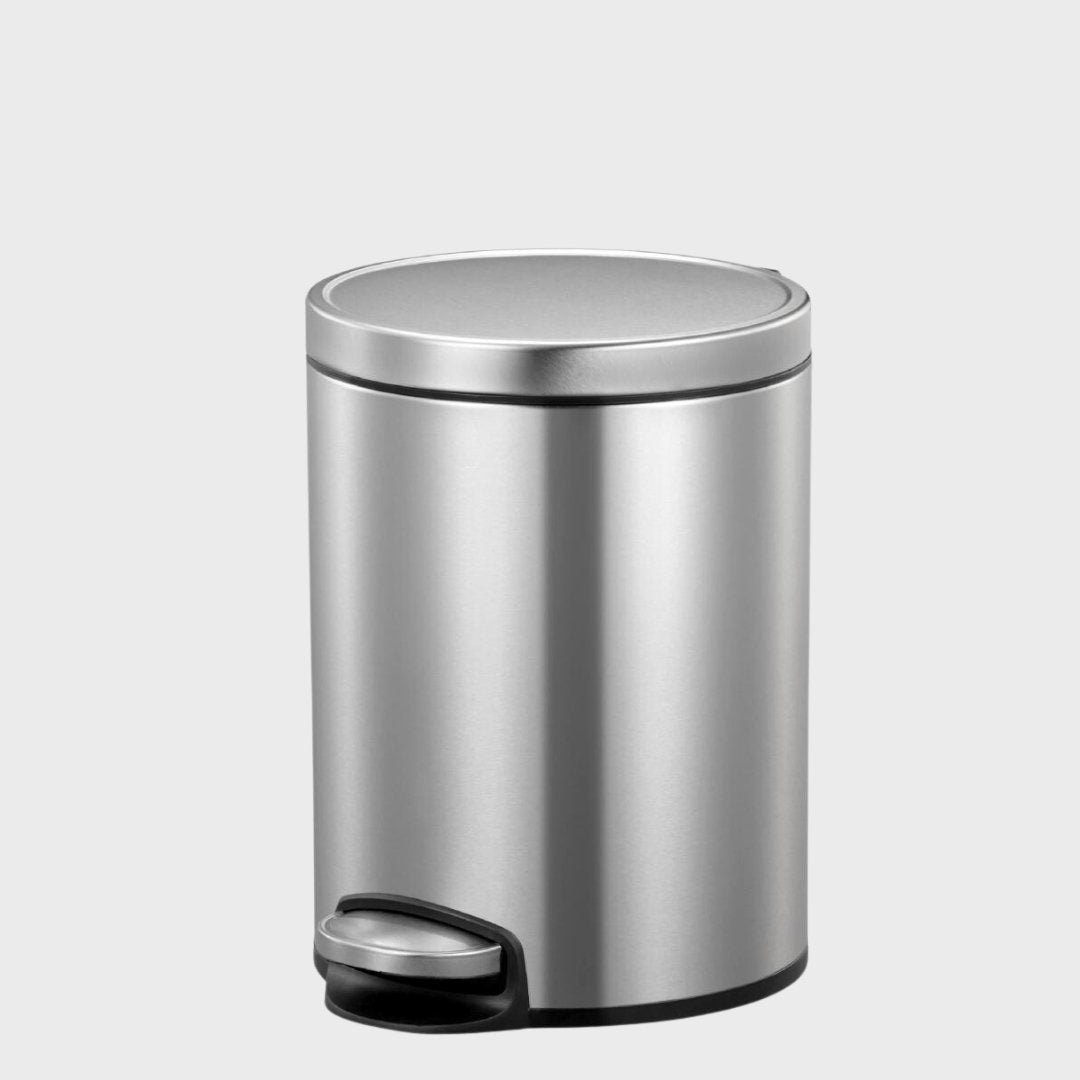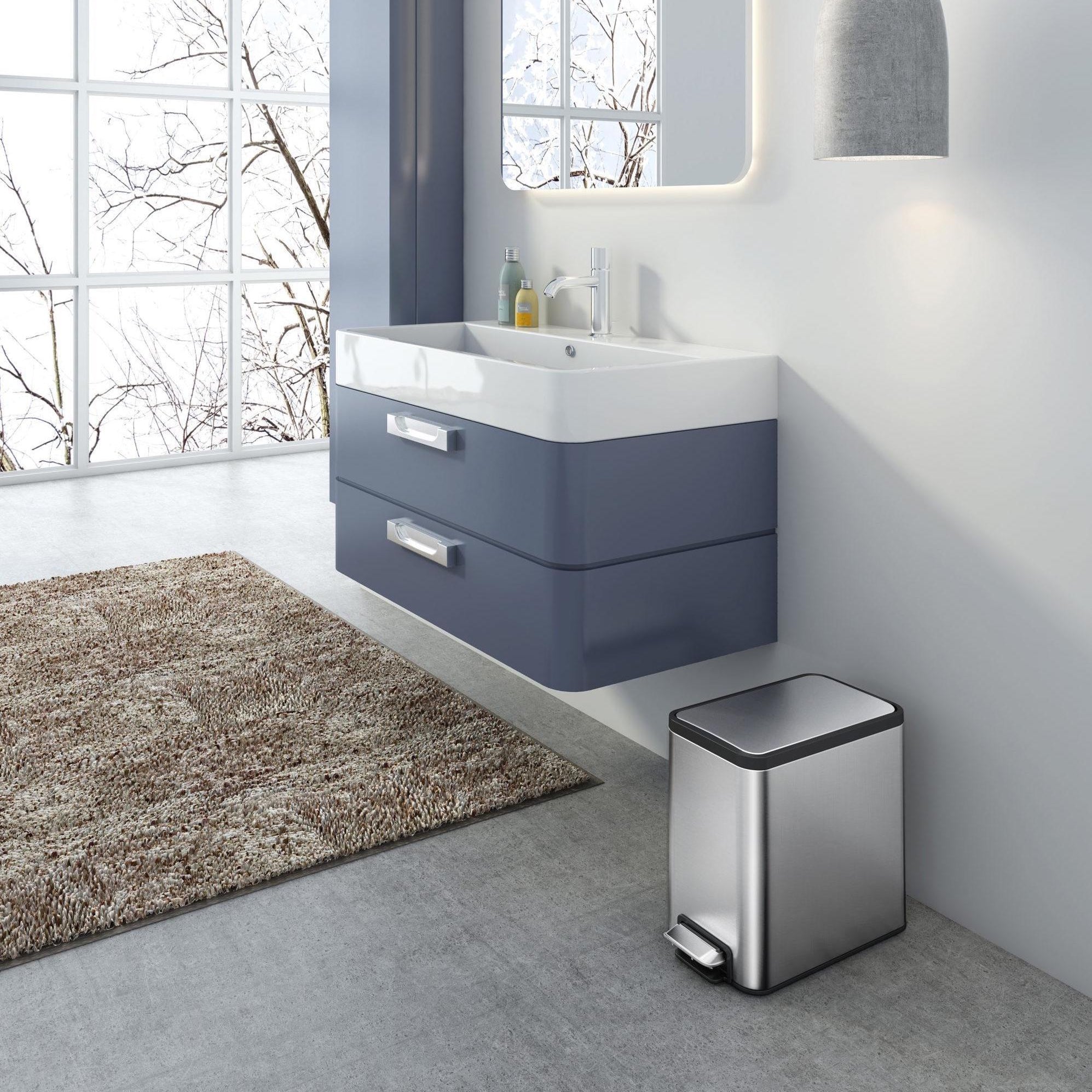EKO
Kitchen bins that work smoothly, look tidy, and hold up over time. EKO bins are a dependable step up from flimsy lids and awkward buttons. With solid mechanisms and neat, thoughtful design, these kitchen bins and recycling units are made to be used often and last well. No fuss, no wobble, no smells – just bins that quietly get on with it.
FAQs about EKO Bins
What size kitchen bin do I need for a family of four?
For a family of four, the best bin size is usually between 30 and 50 litres. This gives you enough space for daily rubbish without constant trips to the bin. If you’re using a food caddy or recycling separately, something around 30–40 litres may be spot on. EKO bins include handy dual compartments, so you can sort waste easily in one tidy spot.
How do I keep my kitchen bin smelling fresh?
To keep your kitchen bin smelling fresh, empty it regularly and clean it with warm, soapy water. Many EKO bins have tight-sealing lids or built-in odour filters to trap whiffs before they escape. For extra freshness, sprinkle bicarbonate of soda in the base - it’s a classic trick that still works a treat.
Where’s the best place to put a bin in a small kitchen?
In a small kitchen, the best place for a bin is somewhere close to prep areas but out of the way - often under the sink or in a corner. EKO bins include slim and corner-friendly designs that save space without skimping on capacity. Pull-out or wall-mounted models can also help if floor space is tight.
How should I clean and maintain my EKO bin over time?
To maintain your EKO bin, give it a weekly wipe-down with warm, soapy water - especially near the lid and pedal. Dry well to stop rust or mould, and use a microfibre cloth for streak-free stainless steel. Many models have removable liners, making a deep clean much less of a faff.
For more tips, visit our Product Care & Repair hub.
What are the longest-lasting kitchen bins available?
The longest-lasting kitchen bins are usually stainless steel, with soft-close lids, replaceable parts, and solid warranties. Some EKO models are backed for up to 10 years - reassuring stuff if you're tired of flimsy lids and stuck pedals.
Explore our long-lasting kitchen bins here, or learn about our research process.
Can I put old kitchen knives in the bin?
You shouldn’t put old kitchen knives straight in the bin - it’s a hazard for you and the waste collectors. If they’re beyond repair, wrap them securely in thick cardboard and tape before disposing. Better yet, take them to a recycling centre or check if your council offers knife disposal.
Need a safer replacement? Try our long-lasting kitchen knives collection.
How does a kitchen compost bin work and what can go in it?
A kitchen compost bin collects scraps like fruit peels, veggie offcuts, coffee grounds and eggshells. Most have vented lids and carbon filters to control smells. Avoid adding meat or dairy, unless your council says it’s OK. Regular tipping into an outdoor compost or council food bin keeps things fresh - and less pongy.

